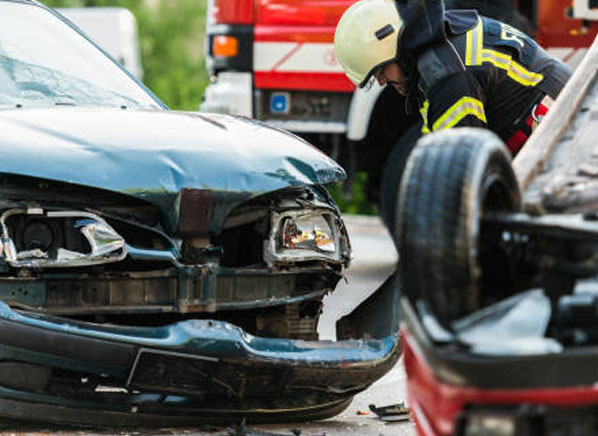First On Scene (How You Respond to an Incident)
By Ron Mullins and Thom Bolsch
From our experience we have a good idea that you are a responsible individual. You care for the safety and security of yourself, your family and others.
While maybe not a survivalist; you know what to do in the event of an emergency.
So today, we want to discuss being a witness or first on scene of an incident.
We give a lot of credit to “First Responders”; and they are due that credit. But they would not be rushing into the burning building had someone not witnessed it burning and called 9-1-1.
Do you pull over to help someone on the side of the road? What would you do if you witnessed a car crash? Would you pull over to ensure those involved were safe and unhurt?
While the situation may not require you to draw your firearm; what should you do upon witnessing a car crash or medical emergency.
As citizens we have an obligation, and a responsibility to inform authorities. After all, if you spouse, parent, sibling or child were involved in an incident wouldn’t you want someone to call for help for them?
So; “If you see something, say something”. Every time we meet with law enforcement and emergency response personnel they tell us to encourage our readers to speak up. Call 9-1-1. They would rather show up and it not be a big deal; than not know and have a life lost because they were not aware of the emergency.
Additionally, when we talk with law enforcement; the follow-on comment is to “Pay Attention to the Details” – “Be a Good Witness”. What happened, who was involved, descriptions, colors, mannerisms, everything that could be considered relevant. We’ve been told that the smallest detail helps make the case.
Steps to consider if you are the first person on scene:
- Call 9-1-1:
- Speak clearly, provide the nature of the incident and an address or location – remember mile markers and cross streets,
- Follow the operator’s lead and answer their questions,
- Provide information that emergency personnel should know upon arrival.
- Before you rush to the rescue:
- Be certain you are not putting yourself at risk of injury.
- Look for flammables, downed power lines or an active shooter?
- If you witness an incident:
- while in your car; pull over to the side of the road with enough clearance for emergency vehicles to gain access to the accident,
- Keep victims calm, assure them that help is on the way,
- Identify injuries and report those injures to the 9-1-1 operator,
- Have the injured remail still, movement may aggravate the injury,
- If the injuries are life threatening; initiate first aid:
- Stop the bleeding with pressure, bandage or torniquet,
- Stabilize broken bones with a splint,
- Make sure the airway is clear and they are breathing,
- If the heart has stopped initiate CPR immediately.
- Be certain you are not putting yourself at risk of injury.
It would be nice if there were no more accidents, medical emergencies or active shooting incidents; but they will happen. We are encouraged that responsible people, such as the members of Saddle River Range and the readers of this blog, are prepared and ready to help if the need arises.
If it’s been a while since your last First Aid or CPR class, check the classroom schedule at Saddle River Range. We provide Stop the Bleed and CPR classes throughout the year. If you don’t see anything on the schedule, call and ask when the next class will be scheduled.
Thank you for being a responsible citizen in our community; and we’ll see you at Saddle River Range soon.
Stay Alert, Stay Safe,
www.saddleriverspring.com
© Copyright 2022 Ron Mullins and Thom Bolsch
All rights reserved


